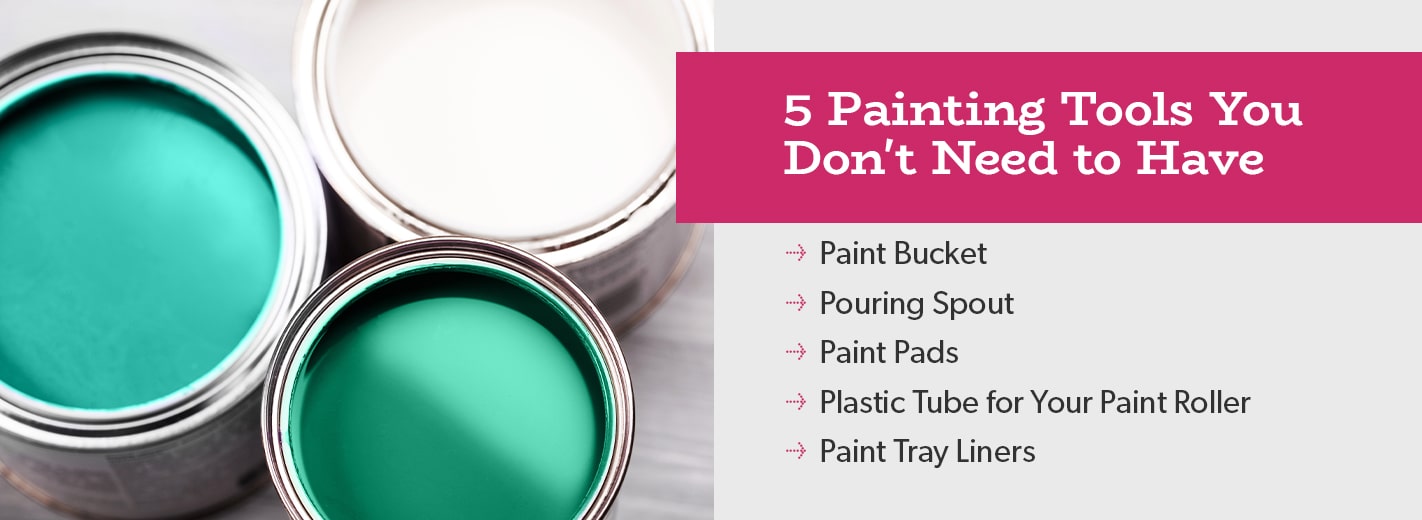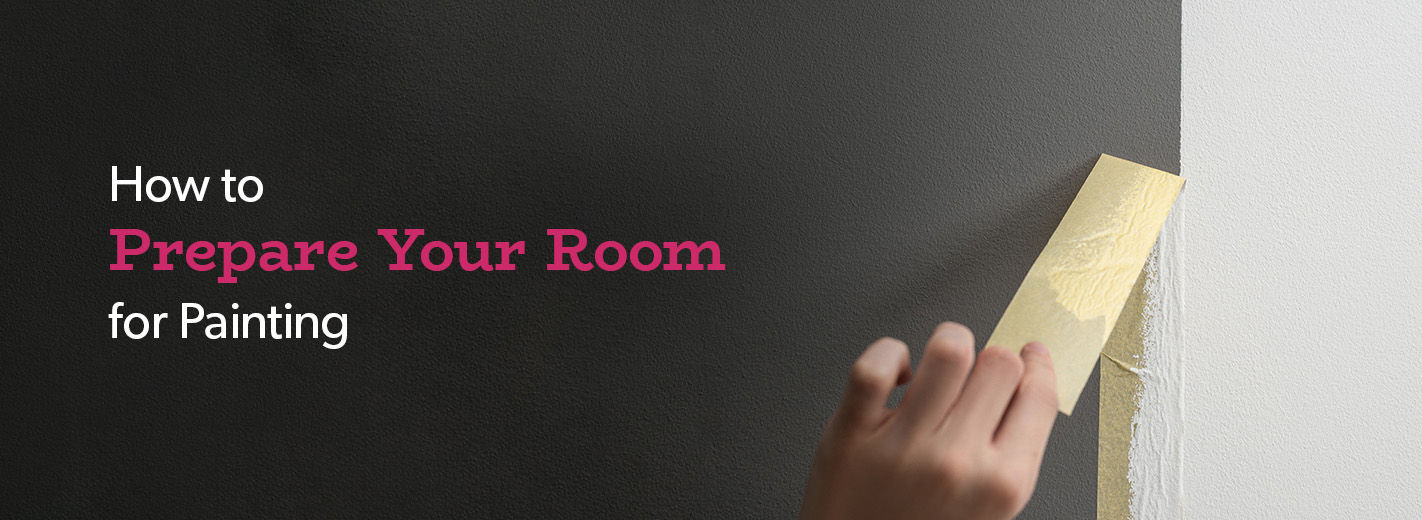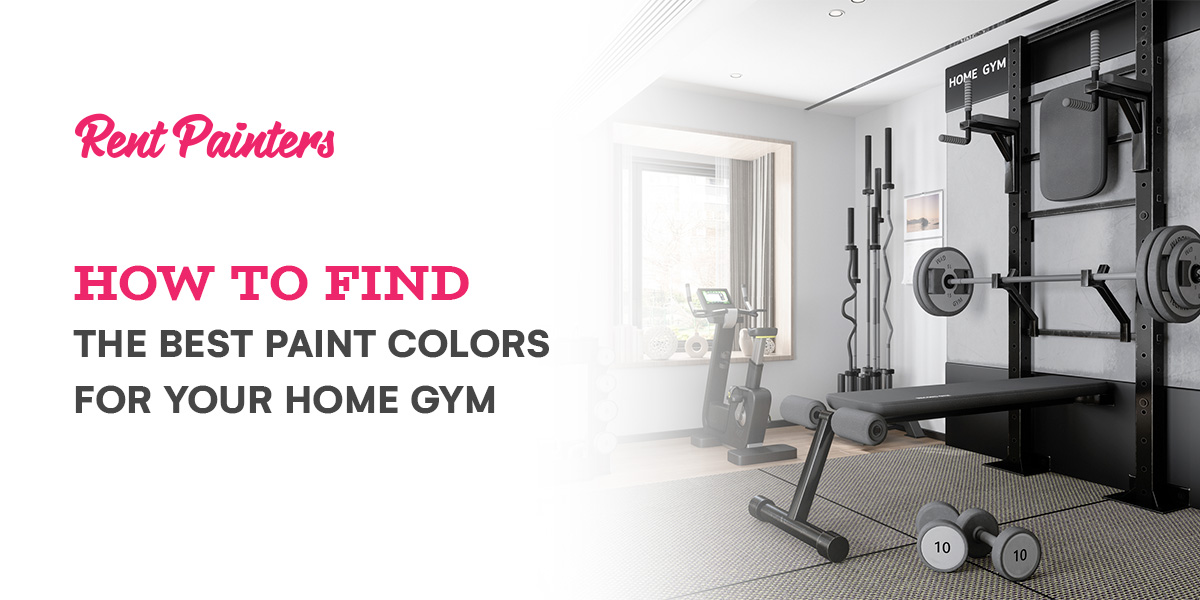A coat of paint can transform a room — or your entire home. While a can of paint can help you achieve everything from an airy, chic look to a bold, contemporary style, there are certain painting supplies beginners should have before getting started.
Why You Should Have Some Painting Tools on Hand
If you want to give your space an updated, fresh look, having the right painting tools will help you achieve the results you’ve been dreaming of. Quality painting supplies make it easier for homeowners to save time and money. You’ll be able to tackle a DIY project yourself and have the satisfaction that you were able to get the job done.
Whether you’re transforming a room, the trim around your windows or a piece of wood furniture, you’ll need some paint tools to complete your vision.
Having painting tools on hand is also useful to make any touchups down the line — maybe you move a piece of furniture and scuff the trim or bump the wall. When you already have painting tools in your home, you can easily fix these little mistakes right away.
10 Painting Tools Every Homeowner Should Have
Any homeowner can take on small DIY painting projects as long as they have the right tools. Ready to get started? Check out the top 10 painting supplies every homeowner should have:
1. Painter’s Tape
While masking tape can get the job done if you’re in a pinch, using painter’s tape will make your painting job much easier. This tape is specially designed to help you create straight lines while keeping paint off your trim, baseboards and crown molding.
Unlike masking tape, painter’s tape has less adhesive, making it much easier to tear off. This also means you won’t have to worry about unintentionally ripping off paint at the end of your project.
2. Canvas Drop Cloth
Another important prep tool you’ll want to have on hand is a canvas drop cloth. Even small paint jobs can be messy, so you want to protect your flooring and furniture from splatters or spills.
Instead of using plastic drop cloths, which don’t last and are disposable, invest in canvas cloths. With canvas drop cloths, you can easily spread it out over surfaces and count on it to stay in place — without ripping.
3. Paint Can Opener
A flat-head screwdriver can help you pry open your paint cans, but you could risk damaging the lid, making it harder to reseal once you’re done. Paint can openers are an inexpensive painting tool you want to have on hand. You’ll be able to easily pop open a can of paint without ruining your cans.
4. Paint Trays
Paint trays can be made out of materials ranging from plastic to metal. These trays, also known as roller trays, make it easy to get just enough paint on your rollers before you start applying it to your walls.
5. Roller Frame and Covers
Depending on the size of the room you’ll be painting, you’ll need different size roller frames and covers. With a quality roller, you’ll be able to achieve a smooth, professional finish.
For smaller spaces and small projects, you can opt for a 3-inch roller to easily apply paint in tighter corners. Need to paint wider walls? Go with a 9-inch roller so you can apply more paint faster and get the job done.
6. Extendable Roller Frame Handle
An extendable roller frame handle is one of the most important tools needed for painting interior walls. These handles will allow you to easily paint the surface of your walls — especially the upper portions or ceiling. Instead of having to strain or move around a ladder, these extendable frame handles can make your job easier.
7. Putty Knife
A putty knife is a multipurpose tool that works perfectly for patching up cracks. If you have a nail hole that you need to fill in, you can use it to apply some putty and then smooth it out so you can easily paint over it.
Your putty knife also works well for applying painter’s tape. It will help smooth the tape out and seal it, keeping paint from dripping down onto molding or woodwork. If you accidentally spill a little paint, your putty knife can help scrape it away.
8. Sash Brush
Just like its name suggests, a sash brush was designed to help with cutting in — creating a straight line of paint without tape — around window sashes. Because of the way its bristles angle, though, it works well for cutting in around woodwork, corners and ceilings. Once you’ve cut in these areas, you can go in with your roller and finish the job.
9. Dipping Pail
Make your painting project much easier with a paint pail. Instead of having to go back and forth to your paint bucket — or lug it around the entire room — you can pour some paint into a dipping pail when you need to cut in paint. These easy-to-carry pails will help make the job go quicker.
10. Multipurpose Ladder
A multipurpose ladder is one of the most important supplies needed for interior painting. From helping you apply painter’s tape to the top of your walls to making it easy to cut in around trim, a ladder is useful in a lot of projects.
A standard size to have on hand is 6 feet, but depending on your ceiling height and painting needs, you may need a different size.

5 Painting Tools You Don’t Need to Have
While some painting tools will help make your project easier and help you achieve professional results, there are some tools you don’t necessarily need to add to your painting supplies list. Here are five of them:
1. Paint Bucket
Your paint will come in a can, so there’s no need to get a separate large bucket to pour it into. Other than a small dipping pail for cutting in paint, you’ll be good to go with the original can.
2. Pouring Spout
While pouring spouts do work, they are considered more of a non-essential tool. As long as you’re careful and do it over a drop cloth, pouring paint into your tray should be a manageable task.
3. Paint Pads
Unless you plan on painting a hard-to-reach area, paint pads aren’t necessary. With some painter’s tape, a roller and a sash brush, you should be able to easily cover your walls and cut in your paint.
4. Plastic Tube for Your Paint Roller
Instead of using a specially designed plastic tube when you’re done painting, you can grab some plastic wrap and wrap it around your roller. To keep the wrapped roller protected, you can store it in a plastic bag until you’re ready to start painting again.
5. Paint Tray Liners
As long as you have a high-quality tray, you shouldn’t need to add a liner. Especially with plastic trays, paint tends to come off pretty easily, making liners an unnecessary expense.
Contact Rent Painters to Take Care of Your Painting Projects
Here at Rent Painters, we make it easy to bring your paint vision to life. Residents in or near Washington, D.C. can transform their homes with our professional painting services.
We offer both interior painting and exterior painting services as well as a variety of additional services ranging from wallpaper removal to pressure washing.
We’ve made the process quick and simple. All you’ll have to do is provide the paint, and our Rent Painters will bring their own supplies. With upfront price estimates and a 100% satisfaction guarantee, getting started is easier than ever.
Use our smart calculator to get an estimate today!


